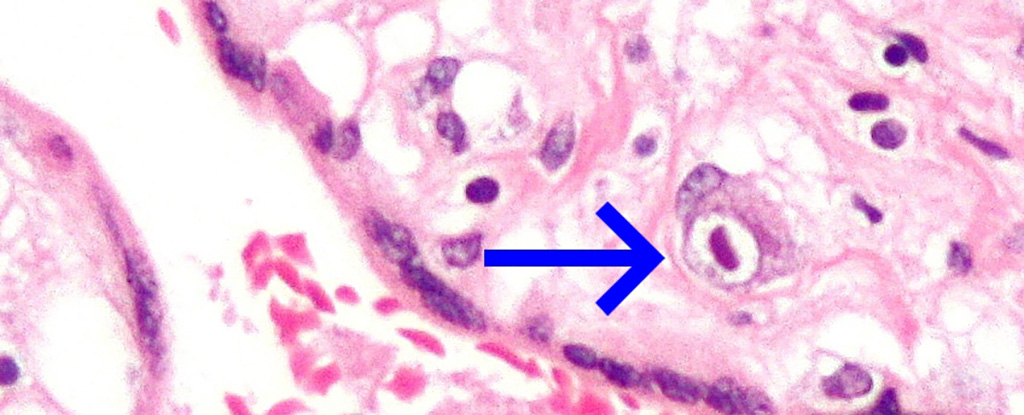
The popularity of snus, a moist oral tobacco product, has surged in recent years, particularly in Europe. Although it is often touted as a less harmful alternative to smoking, its use comes with significant health risks and legal complexities. Here’s a closer look at the origins, usage, and health implications of snus.
What Is Snus? A Closer Look at the Tobacco Product
Snus is a moist, powdered tobacco product typically sold in small pouches. Originating in Sweden in the 16th century, it is placed between the upper lip and gums, where it releases nicotine and other chemicals into the bloodstream through the mucous membranes. Unlike traditional chewing tobacco, snus doesn’t require spitting, making it discreet and convenient.
Key Facts About Snus:
- Composition: Snus contains tobacco, water, salt, flavors, and additives like ammonia. It also includes harmful substances such as nitrosamines, hydrocarbons, and radionuclides.
- Nicotine Content: Each pouch delivers between 3 to 20 mg of nicotine, significantly higher than the 1 to 2 mg found in a single cigarette.
- Popularity: Snus is widely used in Sweden, where it’s credited with reducing smoking rates from 15% to 5% over two decades.
Despite its success in Sweden, snus remains banned in most European Union countries, including France, due to health concerns. However, its illicit use is reportedly rising, particularly among adolescents.
The Dual Nature of Snus: Harm Reduction or Gateway to Addiction?
Proponents of snus argue that it’s a less harmful alternative to smoking, primarily because it doesn’t involve combustion, which is responsible for many of the toxic byproducts in cigarette smoke. Sweden’s low lung cancer rates are often cited as evidence of its potential benefits.
Potential Benefits:
- Reduced Smoking Rates: In Sweden, snus has been linked to a significant decline in smoking prevalence.
- Lower Lung Cancer Risk: The absence of combustion may reduce the risk of lung cancer compared to smoking.
However, critics point out that snus is far from harmless. Its high nicotine content and additives like ammonia make it highly addictive, potentially leading to dual use (smoking and snus) or even introducing non-smokers to nicotine addiction.
Risks of Addiction:
- Nicotine’s Impact on the Brain: Nicotine hijacks the brain’s dopamine system, creating a cycle of reward and reinforcement that fuels addiction.
- Withdrawal Symptoms: Quitting snus can lead to irritability, anxiety, depression, and intense cravings, similar to cigarette withdrawal.
The Hidden Dangers: Long-Term Health Risks of Snus
While snus may reduce the risk of lung cancer, it introduces other serious health concerns. The product contains approximately 4,000 toxic substances, many of which are linked to cancer and other chronic conditions.
Health Risks Associated with Snus:
- Cancer: Snus use doubles or triples the risk of pancreatic and esophageal cancers.
- Cardiovascular Issues: Increased risk of heart attacks and strokes.
- Oral Health Problems: Nearly 18.4% of regular snus users experience gum recession and other severe dental issues.
Why the EU Ban Persists:
The European Union’s ban on snus is rooted in these health risks. Despite its potential to reduce smoking rates, the EU does not recognize snus as a health product due to its toxic composition and addictive properties.
Weighing the Pros and Cons
Snus presents a complex dilemma. On one hand, it has contributed to lower smoking rates in Sweden and may offer a less harmful alternative for smokers. On the other hand, its high nicotine content, addictive potential, and associated health risks make it a controversial choice.
For those considering snus as a smoking cessation tool, it’s crucial to weigh the benefits against the risks and seek professional guidance. Ultimately, while snus may seem like a safer option, it is not without significant dangers.
Takeaway: If you or someone you know is struggling with tobacco addiction, consult a healthcare professional to explore safer and more effective cessation methods.
Got a reaction? Share your thoughts in the comments
Enjoyed this article? Subscribe to our free newsletter for engaging stories, exclusive content, and the latest news.










Leave a Comment